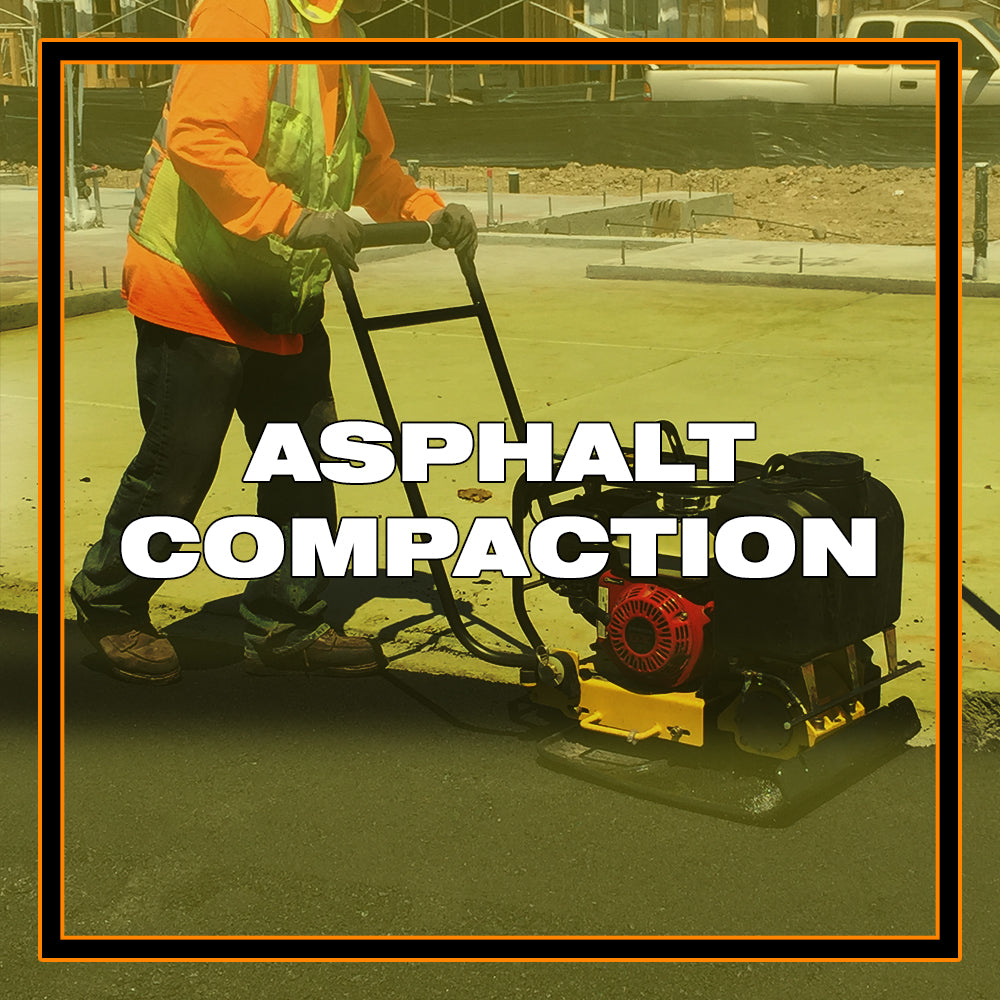Asphalt is used to pave thousands of miles of roadways and parking lots throughout the world. But where does asphalt come from, and why do we use it so much? Asphalt is actually a naturally occurring substance that has been used to provide mortar for thousands of years. However, the asphalt we know today is a byproduct of petroleum. The asphalt we see paving today’s roads is known as asphalt concrete. This material is made up of a combination of residual particles created during the petroleum separation process and the asphalt which acts as a binding material to keep it together. Since the early 1900s, asphalt has been a top choice for paving contractors and road builders, as it is highly waterproof, durable, flexible, and can be refined to fit a particular climate.
Asphalt is typically mixed with residual particles in a mixing plant, and then transported to the jobsite, where it is then dropped off for compaction. Depending on the job size, compaction equipment that is used can range from a tamping rammer, jumping jack, or small plate compactor, to a 120,000 lbs road roller. When using a plate compactor or tamping rammer, it is important to use water to avoid the asphalt sticking to the plate and provide proper lubrication. The Tomahawk TPC90H Plate Compactor. was designed for asphalt compaction, and features seamed edges, allowing for mark-less compaction. Tomahawk Power recommends using the TPC90H when compacting in areas where a larger piece of equipment might not fit, such as a narrow corridor, or along a wall. The TPC90H is also excellent for asphalt patchwork, and small road repair. The high vibration frequency that the TPC90H delivers is ideal for asphalt compaction, as the residual particles need to be moved about to eliminate any air pockets or inconsistencies in the density of the asphalt. This also ensures high water resistance, which is critical to the long life of a road or parking lot.










